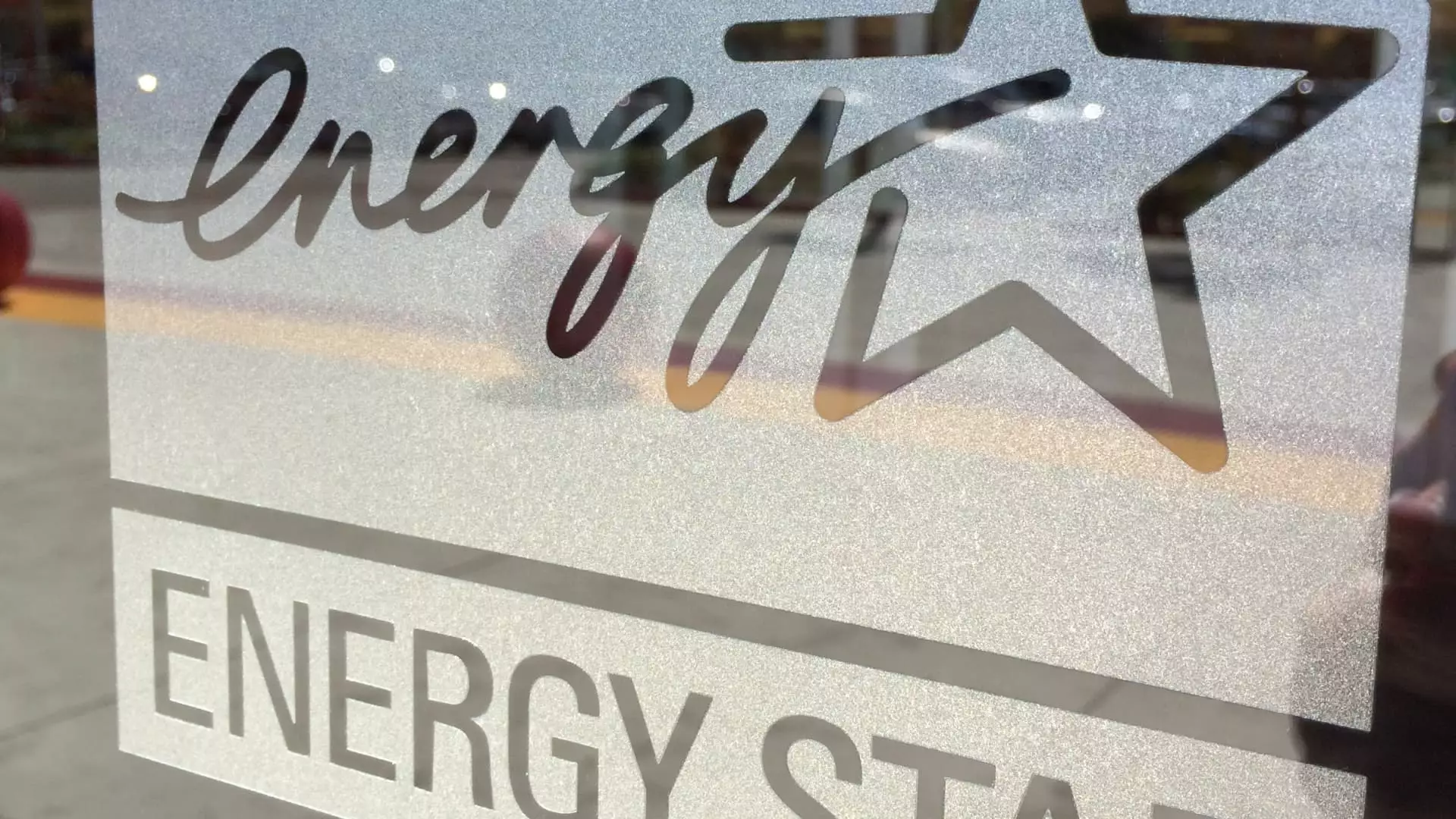Despite its unassuming branding, Energy Star has become a cornerstone of the United States’ efforts to promote sustainable development and responsible resource management. Far from a trivial label attached to household appliances, this public-private partnership has evolved into a vital infrastructure for energy efficiency on a national scale. Its software platform, Portfolio Manager, functions as the nervous system of energy benchmarking for over a quarter of all commercial property across the country. This system provides critical data points that influence policy, shape investment decisions, and guide building upgrades—elements essential for a sustainable, resilient economy.
However, recent political moves threaten to dismantle this burgeoning ecosystem, risking the erasure of years of progress toward climate-conscious building practices. The proposed budget cuts from the Trump administration, although framed as austerity measures, threaten to eliminate a system that has, in effect, helped save billions in energy costs and curb millions of metric tons of pollution. This isn’t just about pulling the plug on a government program—it’s about dismantling a crucial backbone of America’s green building revolution.
Unraveling the Cost of Disconnection
The implications of defunding or privatizing Energy Star extend far beyond bureaucratic inconvenience. The Portfolio Manager software, used by thousands of owners and operators, has become an indispensable tool for decision-making in commercial real estate. It offers an objective, standardized way to track, compare, and improve energy performance, fostering a culture of accountability among property managers, municipalities, and developers.
Without this centralized system, the industry risks slipping into chaos. The vital data that enable targeted retrofits—such as updating HVAC systems or improving lighting—may become inaccessible, undermining ongoing efforts to reduce energy waste. When property owners lack the data to prioritize upgrades, the tangible benefits—cost savings and emissions reductions—diminish significantly. The risk isn’t merely operational hiccups but a backslide into inefficiency, delaying progress on climate commitments and environmentally sustainable growth.
The broader consequence? A fragmented landscape of inconsistent policies, increased costs for building owners, and a setback to national efforts to meet climate goals. The idea that privatization or removal of federal backing won’t impact these systems is naïve. Experience suggests that once these platforms shift to profit-driven entities, costs inevitably rise, making energy efficiency less accessible and less equitable.
Public Good Versus Privatization: A Costly Trade-off
The conventional argument for cutting federal programs is cost-saving. But what is the true price of abandoning an ecosystem that delivers hundreds of billions of dollars in annual savings? The National Association of Home Builders and other industry groups have voiced their concerns, warning that privatization could lead to fee-based models that diminish the program’s accessibility and overall utility.
Liberal-leaning advocates recognize that these programs are investments in societal well-being—reductions in emissions, lower energy bills, and increased resilience against climate change. They argue that public investment in infrastructure that supports sustainability is not discretionary but essential. To pull funding from Energy Star is to prioritize short-term budget considerations over long-term stability, national security, and environmental health.
Furthermore, the relationship between government and industry should be one of partnership—aimed at common goals rather than immediate profit. The current system’s non-profit orientation ensures data transparency, broad access, and a focus on community health and climate responsibility. It is precisely these qualities that any move toward privatization threatens to undermine, risking a future where energy efficiency becomes a privilege rather than a universal right.
The Deeper Political Narrative and Moral Implications
On a moral level, the decision to defund Energy Star exposes the broader ideological chasm in American politics—the debate between market-driven solutions and public stewardship. Liberals, particularly those advocating for climate justice and fair access to sustainable resources, view programs like Energy Star as a moral imperative. They are investments in future generations, designed to democratize energy efficiency and hold corporations and municipalities accountable for their environmental footprints.
By cutting these programs, policymakers send a troubling signal: that environmental responsibility is secondary to fiscal austerity. Such a stance ignores the accumulating evidence showing that comprehensive, government-led initiatives are more successful in achieving widespread, equitable change. It also disregards the fact that current market forces alone are insufficient to address the urgency of climate change and resource depletion.
In defending Energy Star, this center-left perspective emphasizes that sustainable development is not a luxury but a necessity for social equity and future stability. The risk of losing this system is not just about environmental degradation—it’s about deepening social divides and surrendering leadership in global climate efforts. It underscores a fundamental moral choice: whether we prioritize short-term fiscal belt-tightening or invest deeply in a resilient, sustainable future that benefits everyone.
—
The ongoing threat to Energy Star isn’t just about a program; it’s a test of America’s commitment to responsible growth and climate stewardship. Sacrificing this infrastructure under the guise of austerity may yield immediate savings but will inevitably impose far greater costs—economic, environmental, and moral. As advocates of a fair and sustainable future, it is imperative that we critically oppose policies that threaten our shared progress and undermine the very foundations of responsible governance.

